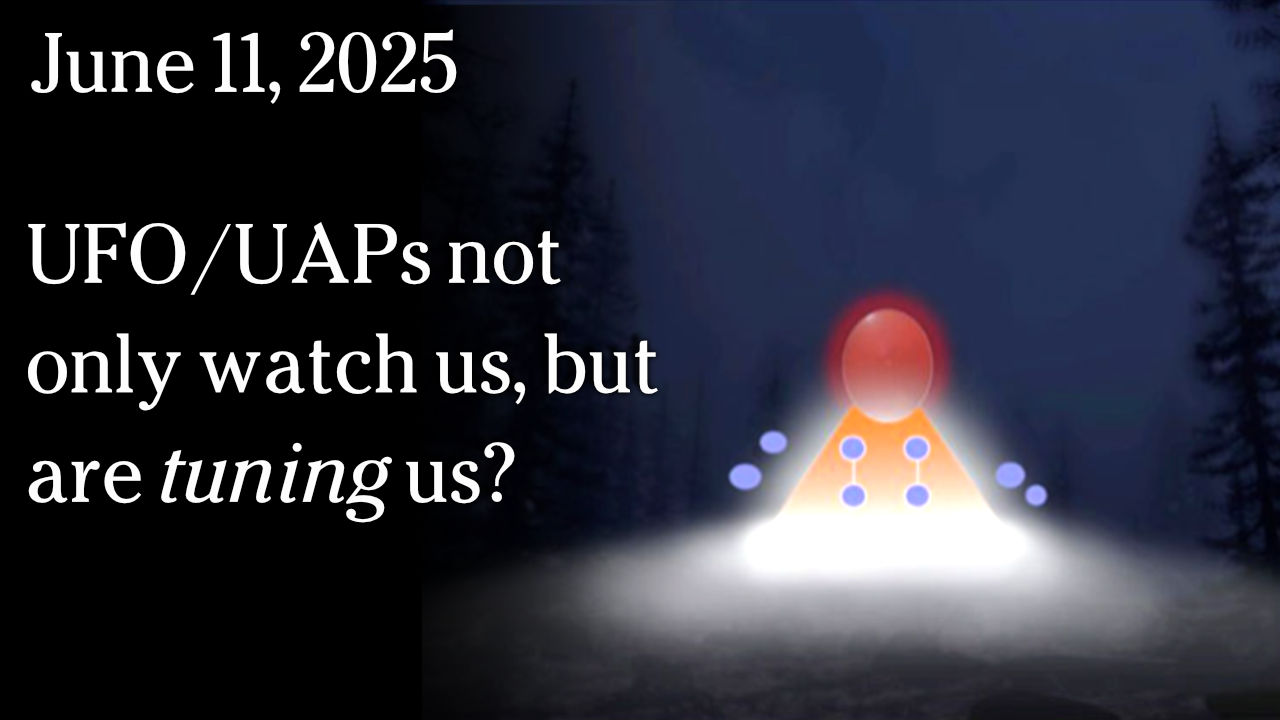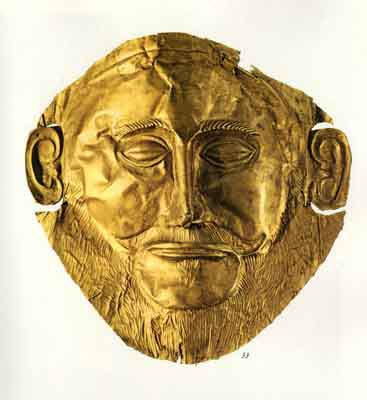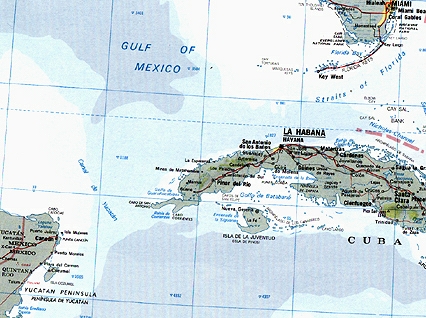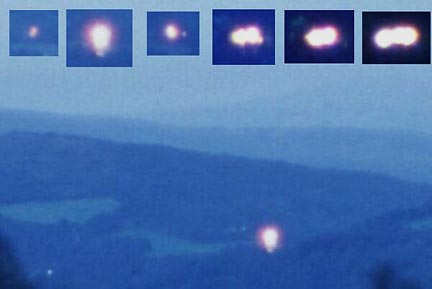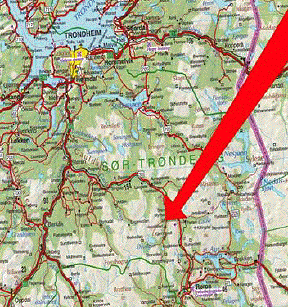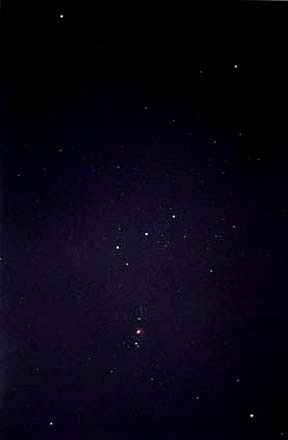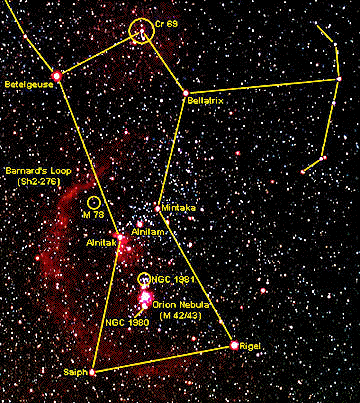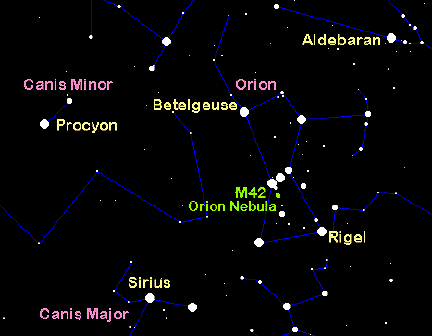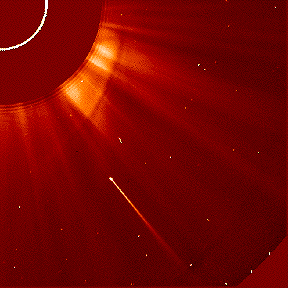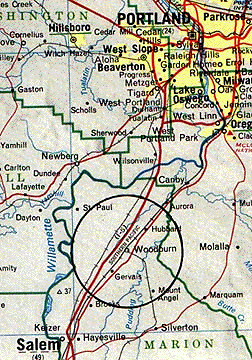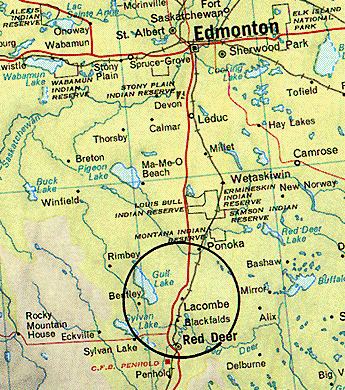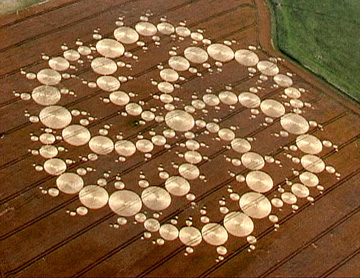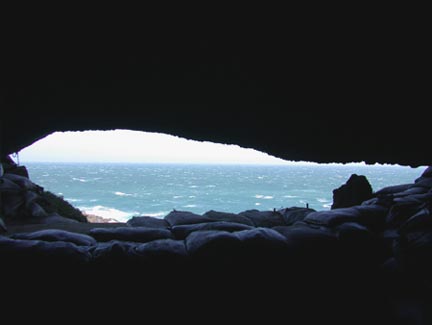
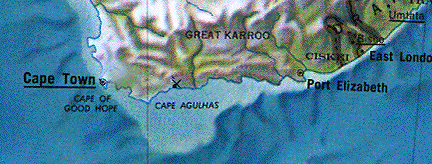
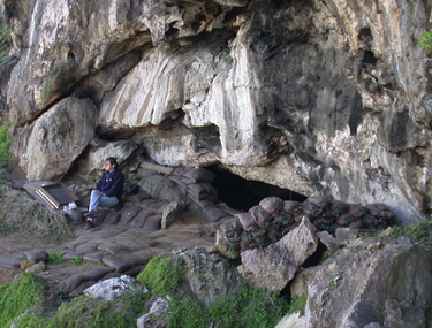
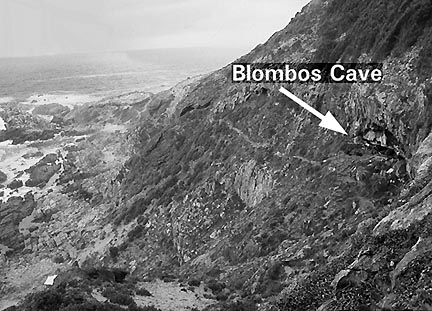
December 8, 2001 - The New York Times had a headline this week in its Science section entitled, "African Artifacts Suggest an Earlier Modern Human." The subject is an archaeological dig in a cave known as Blombos, 200 miles east of Cape Town. There, a team lead by Dr. Christopher Henshilwood, an archaeologist, has found polished and refined bone tools; beautifully carved stone points, some so thin that they seem more art than functional; and red ochre scratched as if cut to make powder, probably for color in cave drawings and perhaps body decorations. All three physical artifacts represent human ability to manufacture and to use symbols in art and communication, functions beyond lower primates. Yet, the dating of the layer in which all these artifacts were found together is 70,000 years ago. Dr. Henshilwood said, "We're absolutely convinced of the dating of the tools," and The New York Times described the Blombos discoveries as "turning long-held beliefs upside down."
Click here to subscribe and get instant access to read this report.
Click here to check your existing subscription status.
Existing members, login below:



